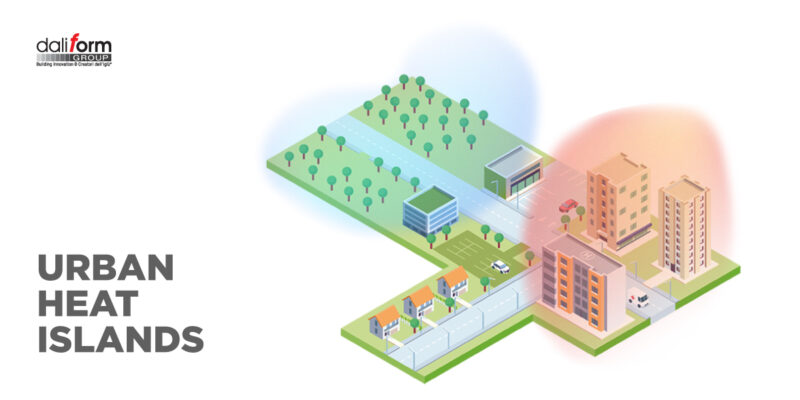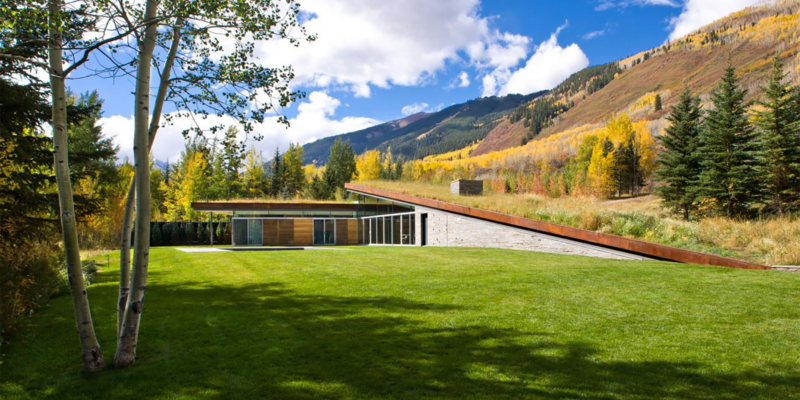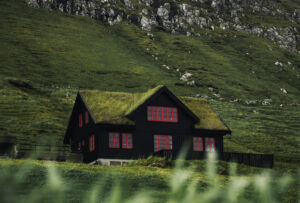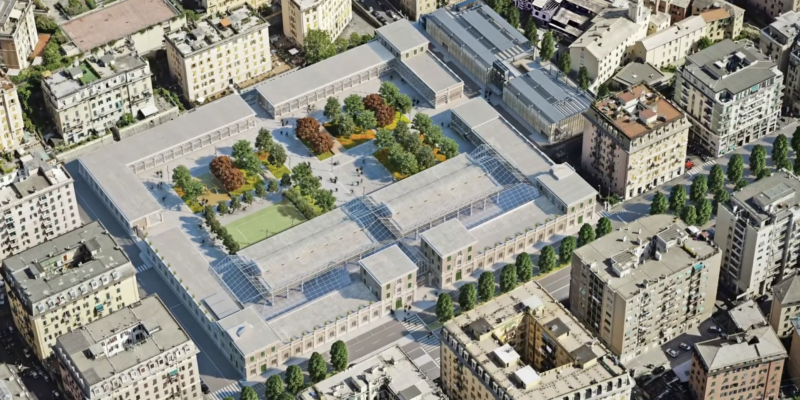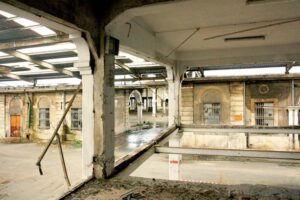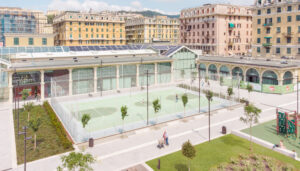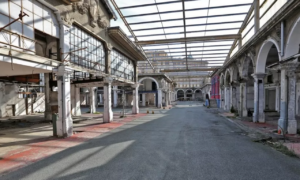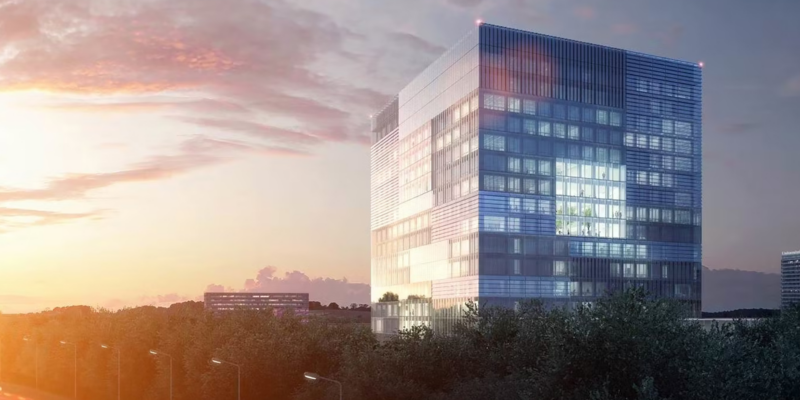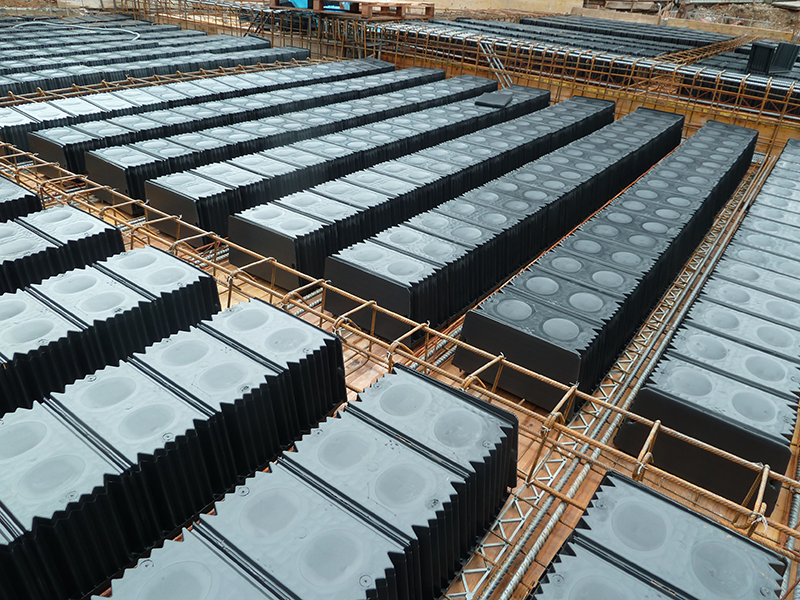Городские острова тепла — это постоянно растущее явление, особенно заметное в городах с высокой плотностью застройки, где температура может значительно превышать показатели в прилегающих сельских районах. Изменение климата и усиливающиеся летние волны жары делают поиск устойчивых решений актуальным, например, таких как SISTEMA ATLANTIS и Iglù® Green Roof, которые помогают бороться с эффектом островов тепла.
Острова тепла возникают, когда городские поверхности поглощают и удерживают солнечное тепло дольше, чем природные территории. Это создает более теплый микроклимат, а отсутствие растительности уменьшает естественную способность охлаждать окружающую среду.
Основные причины появления тепловых островов:
- Уплотнение почвы. Асфальт и бетон препятствуют испарению воды — ключевому процессу естественного охлаждения.
- Нехватка зелёных насаждений. Сокращение количества парков и деревьев ограничивает фотосинтез и транспирацию, которые необходимы для регулирования температуры.
- Выбросы. Транспорт, системы кондиционирования и промышленная деятельность выделяют тепло и парниковые газы, усугубляя явление.
Последствия тепловых островов сказываются на качестве жизни, повышают риски для здоровья и увеличивают потребление энергии из-за кондиционеров. Для эффективной борьбы с этим явлением необходимо сосредоточиться на зелёной инфраструктуре и технологиях, способствующих улучшению устойчивости городов.
SISTEMA ATLANTIS: защита городских деревьев
Городские деревья играют важную роль в борьбе с тепловыми островами. Система защиты деревьев Atlantis разработана для защиты корней, обеспечивая их здоровый рост даже в условиях плотной городской застройки.
Преимущества включают:
- Оптимизацию роста деревьев и улучшение зелёного покрытия.
- Защиту инфраструктуры от повреждений.
- Улучшение качества воздуха и снижение выбросов CO₂.
Iglù® Green Roof: зелёные крыши с улучшенной теплоизоляцией
Эта система представляет собой инновационное решение для создания зелёных крыш. Благодаря модульной структуре она позволяет эффективно улучшать теплоизоляцию зданий и снижать эффект теплового острова.
Основные преимущества зелёной крыши:
- Способствует дренажу, снижая риск затоплений.
- Улучшает тепло- и звукоизоляцию.
- Увеличивает срок службы кровли.
- Снижает температуру в городах.
Тепловые острова — сложная проблема для современных и будущих городов, но благодаря таким инновационным решениям, как SISTEMA ATLANTIS и Iglù® Green Roof, возможно создавать более устойчивые и комфортные городские пространства. Инвестиции в зелёную инфраструктуру не только помогают снижать температуру, но и улучшают качество жизни, повышая климатическую устойчивость наших городов.

